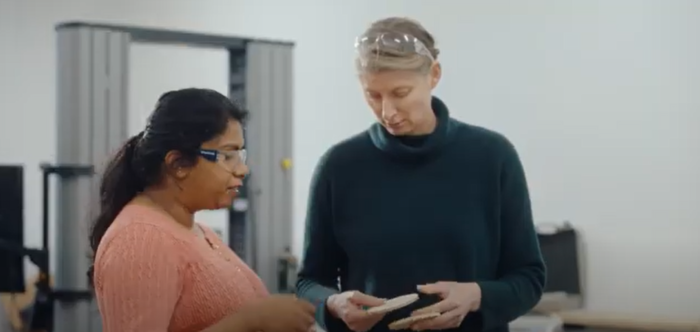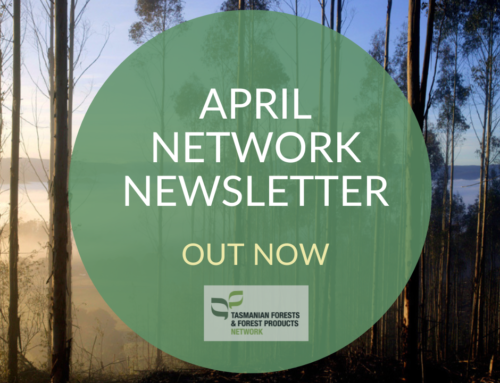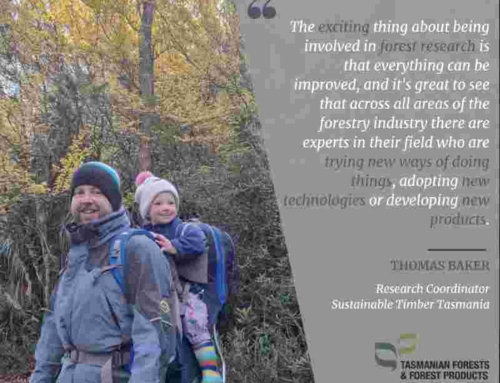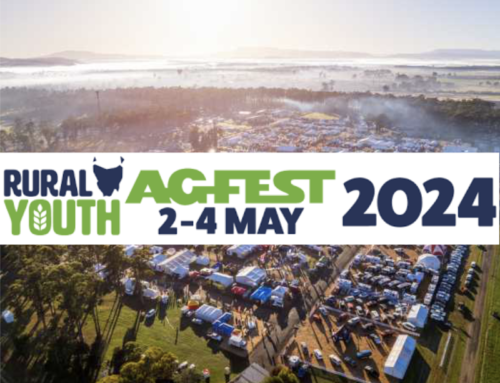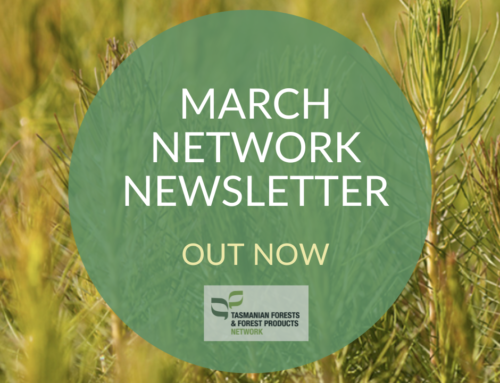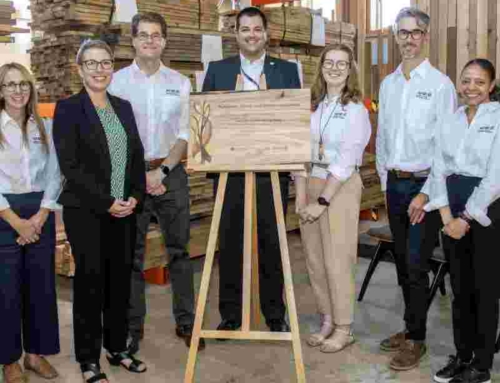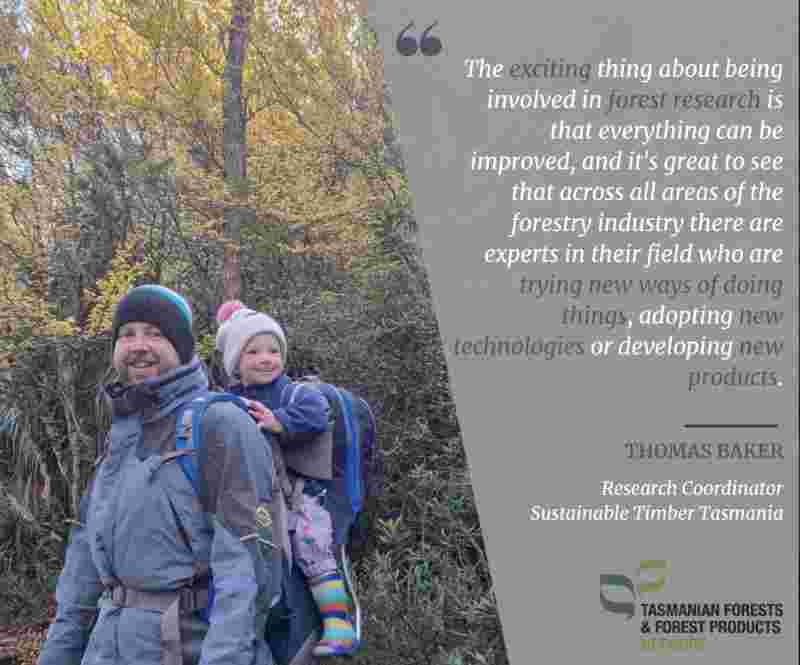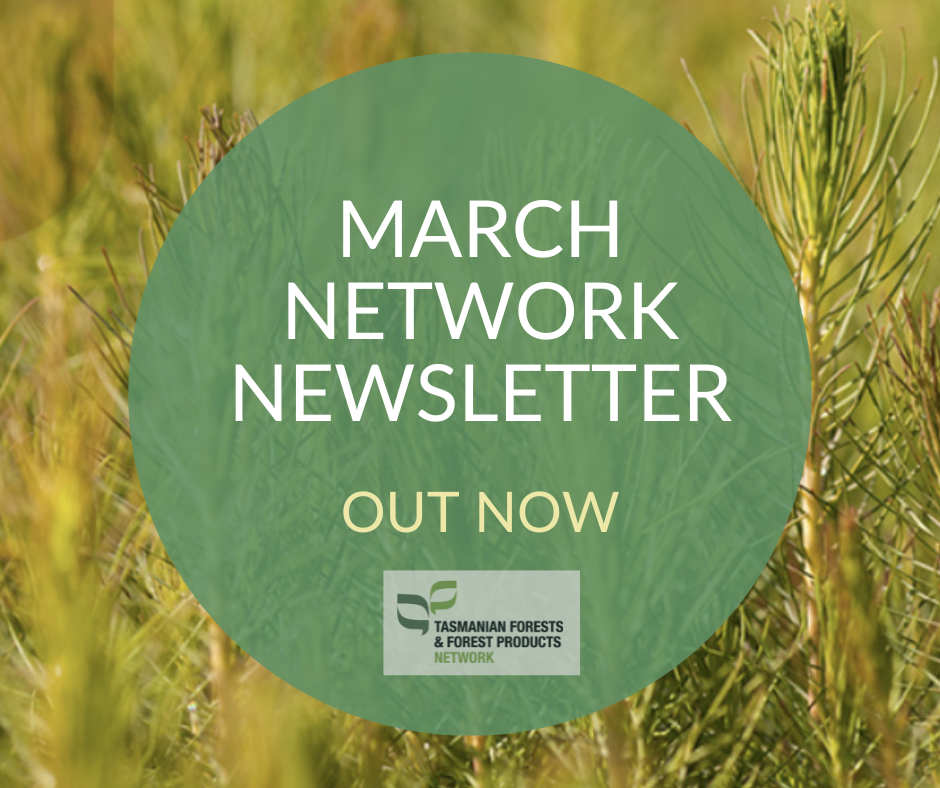10 Questions with Dr Louise Wallis
What do you enjoy most about your current role?
Working in the industry I really enjoy meeting people – and learning how their roles contribute to forests and forest products in Tasmania.
When did your interest in the forest industry first begin?
It began with an invite to an urban forestry workshop in Canberra in 2019, which helped me to better understand how streets trees reaching their end of life could be milled and communicated to the public. This gave me the opportunity to discuss and learn from foresters, parks and wildlife, sawmillers, designer makers, aborists, local councils, state government, academics and urban foresters/ millers in Australia and the US.
What did your pathway to this career entail?
I trained as an architect in Queensland, and spent two decades teaching architectural design and how best to teach it through research and making. I was attracted to UTAS as it was one of two schools in Australia giving students the chance to learn about design through making for non-profit community organisations in the 1990s.
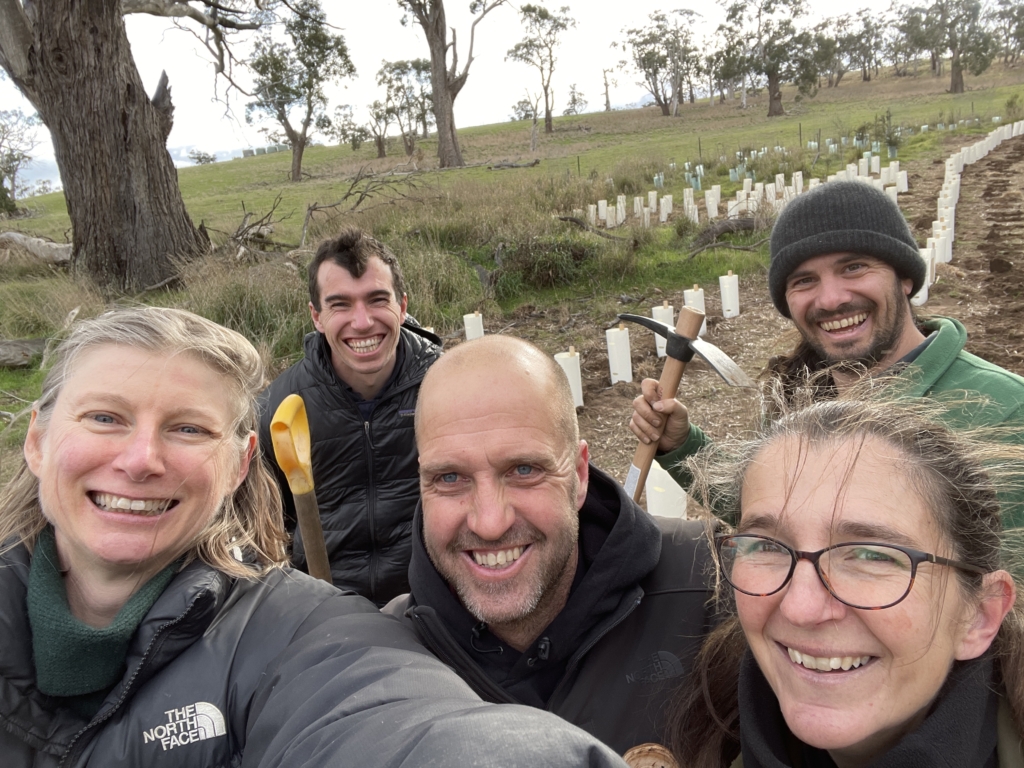 What opportunities has working in the industry provided you?
What opportunities has working in the industry provided you?
It has provided me with insight on how something that may appear simple requires significant skill, knowledge and experience in every step of the process to select, grow and manage forests, let alone to green mill, dry mill and season hardwood timber – only then to have a substantial proportion downgraded through visual assessment and preferences. I have a new appreciation in what it takes to get to a piece of timber and how many hands it passes through, and how easy it is to ‘stuff’ it up’.
What do you think the Tasmanian forest industry does well?
I think the people in the industry are creative, flexible and willing to listen and discuss if given mutual respect.
Where do you think there is room for improvement?
I think the industry and academia could look at, and discuss more broadly, the inclusion of agriculture, ecology, and design; I can see some parallels, and opportunities to exchange methods and outcomes.
What is your favourite species of Tasmanian timber, and why?
At the moment, my favourite species of Tasmanian timber is Eucalyptus nitens, even though it is not endemic and is grown for pulp. I have seen our PhD students at CSAW demonstrate what a great resource this is, and how quick it can be grown as a sustainable resource for structural and architectural products. I want to build with a local sustainable resource.
If I could work in any other industry in any other career, I’d be… an ecologist – it did not appear as a viable career growing up as a girl from Southwest Queensland. Ironically my grandfather owned and operated a sawmill before I was born. I can remember his large shed and how it was filled with many large slabs of beautiful, coloured timbers. I thought this was normal for a grandad’s shed.
On a weekend, we’d find you… in my garden growing fruit, vegetables, trees and flowers.
People would be surprised to learn that I… lived in a tiny timber house of 37m2 which I designed and built the timber joinery. Even though the footprint has doubled, I still sleep in a small loft above my kitchen rather than use the new ‘bedroom/ studio’ space, five years later.

